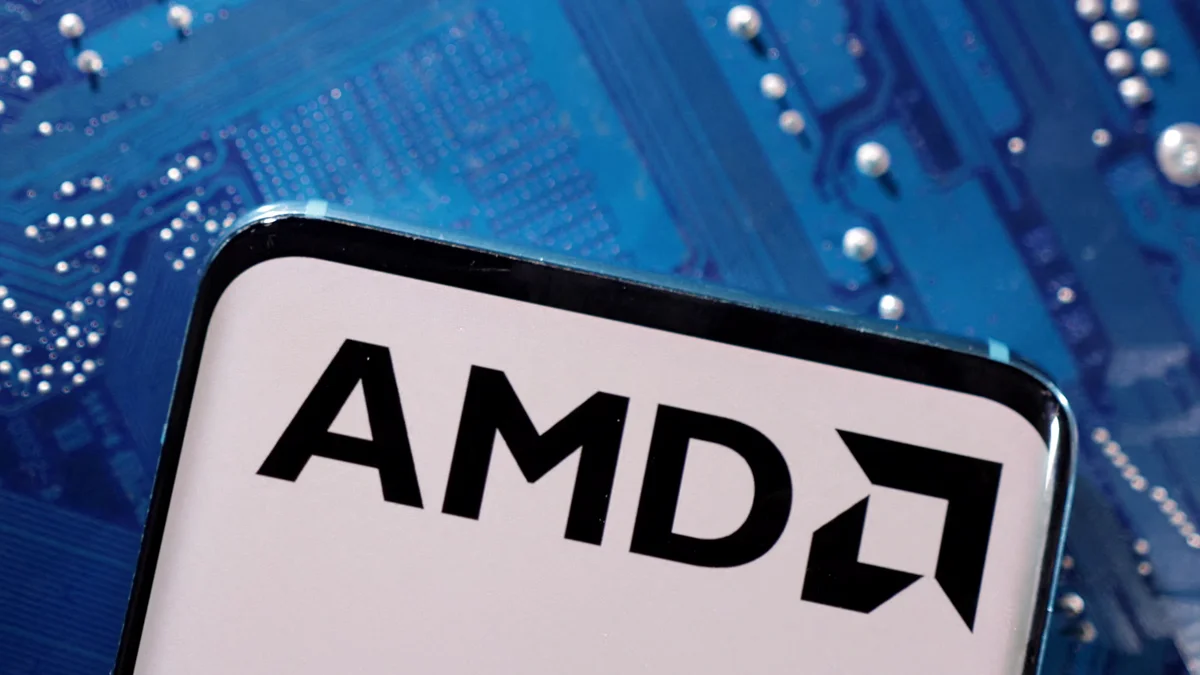Necessary Always Active
Necessary cookies are required to enable the basic features of this site, such as providing secure log-in or adjusting your consent preferences. These cookies do not store any personally identifiable data.
|
||||||
|
||||||
|
||||||
|

US chip manufacturer Advanced Micro Devices (AMD) has partnered with several AI startups, Reuters reported. The latest partnerships are part of AMD’s AI strategy to boost its software and develop superior chip designs.
AMD has started implementing its plan to develop competing hardware products at a time when AI firms are seeking alternatives to Nvidia AI chips. In recent weeks, the company has acquired various small software firms to boost its talent as it works to improve its software called ROCm.
One of the tech partnerships that AMD has initiated is with ZT Systems, which manufactures servers. But as it seeks to enhance its AI-based semiconductor design, the US chip maker will require powerful software to run the programs that developers create.
“This will be a very thoughtful, deliberate, multi-generational journey for us,” Senior VP of AI at AMD Vamsi Boppana said.
ROCm has been a boon for customers like AI enterprise firm Cohere because of the additional features it offers and its ability to effect speedy changes. Cohere builds customized AI models for big businesses as opposed to foundational AI models that companies like OpenAi develops.
“AMD has made important strides in improving its software, Cohere CEO Aidan Gomez said in an interview with Reuters. Changing Cohere’s software to run on AMD chips was a process that previously took weeks and now happens in only days,” Gomez said.
Although Gomez did not indicate the extent to which its software relies on AMD semiconductors, he said that they comprise a “meaningful segment of our compute base” across the globe.
According to AMD’s Executive VP Forrest Norrod, the impact of OpenAI in the design of the latest MI450 AI chip series has been significant. MI400 chip series will be the basis for the new Helios server that the giant chip maker plans to launch in 2026.
On June 12, CEO Sam Altman appeared in AMD’s San Jose event and talked about the partnership between the chip maker and AMD. Norrod also said that OpenAI’s requests influenced how the chip maker designed the memory architecture in MI450 series chips. Nimrod also explained the potential of the hardware to scale to thousands of chips needed to develop and run AI apps.
Feedback from OpenAI also influenced the mathematical operations that AMD chips have been optimized to perform. Nvidia’s server engineering has also been informed by AI computations that need thousands of chips tied together.
On June 12, AMD announced new details about its next generation AI semiconductors, Instinct MI400 for its Helios server. The AI chips, which can be assembled into full server racks in what the company calls a rack-scale setup, will start shipping next year.
“For the first time, we architected every part of the rack as a unified system,” AMD CEO Lisa Su said.
Speaking at the launch, Altman said, “When you first started telling me about the specs, I was like, there’s no way, that just sounds totally crazy. It’s gonna be an amazing thing.”
The rack-scale setup creates a one system look that is critical for most AI firms such as those that develop large language modes and cloud providers. Such companies prefer hyperscale clusters of AI computers that use huge amounts of power and can span entire data centers.
“Think of Helios as really a rack that functions like a single, massive compute engine,” Su said as she compared Helios to Vera Rubin racks developed by Nvidia.
With its latest rack-scale technology, AMD can compete comfortably with the Blackwell chips developed by Nvidia, its biggest data center GPU rival. Blackwell AI chips feature configurations that stitch 72 graphics processing units together.
Nvidia has dominated the data center chips market because it was the first to develop the software required by AI developers by leveraging chips that were originally designed to display graphics for 3D games.
Before the AI boom, AMD competed with Intel in the production of server CPUs. Even with this progress, AMD stock performance remained flat for most of this year. This means that investors have not started viewing the chip maker as a major threat to Nvidia’s AI market dominance.